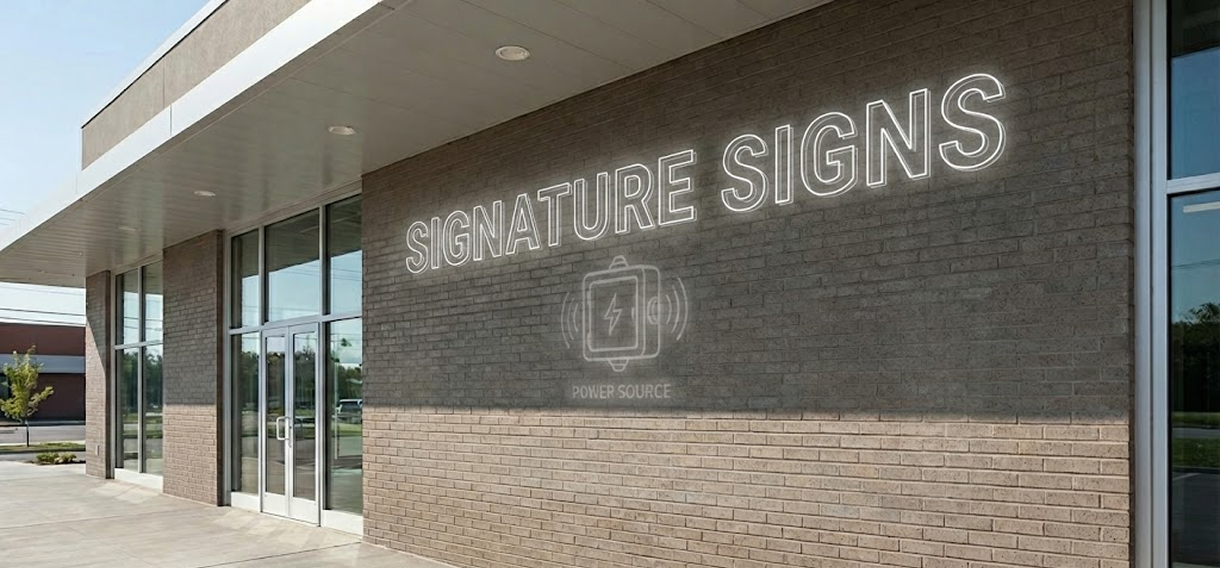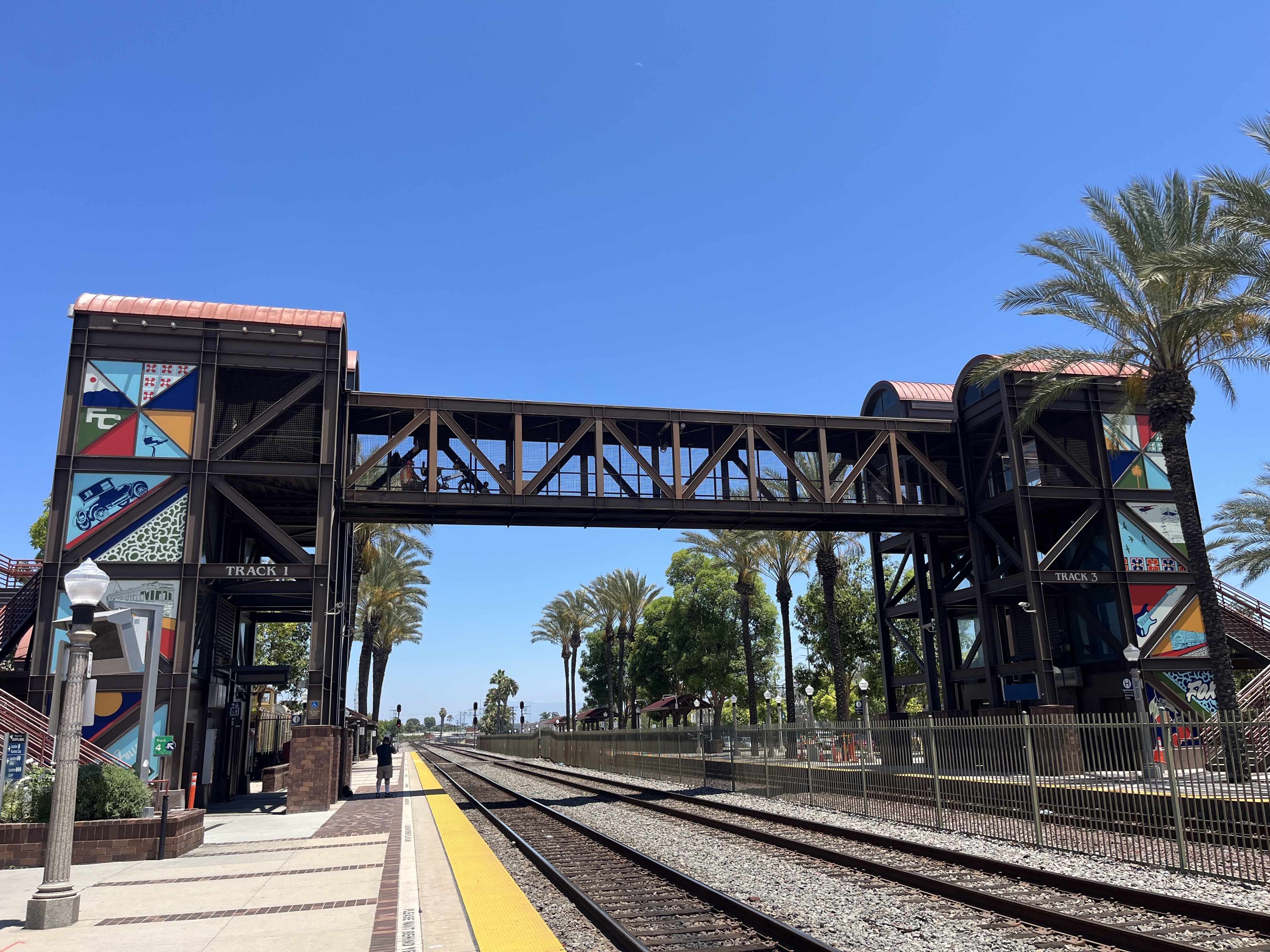Congratulations! You’ve finalized the design, and your new sign is almost ready to be installed. This is the exciting part—where your brand finally comes to life on your building or property.
To make sure installation day goes smoothly, we need to talk about one vital thing: Electricity.
We know electrical jargon can be confusing. To help you (and your electrician) get everything ready, we’ve broken down exactly what needs to happen before our trucks arrive.
The Golden Rule: Who Does What?
In the world of contracting, licenses determine who can touch what wires. Here is the division of labor:
- Your Electrician (C-10 License): They act as the "Road Builder." They must run the main power lines from your building’s panel to the exact spot where the sign will live.
- Signature Signs (C-45 License): We act as the "Vehicle." Once your electrician brings the power to within five feet of the sign location, we take over and make the final connection to the sign itself.
Note: Your electrician handles the permits for the electrical circuit; we handle the permits for the sign itself.
Step 1: The Power Requirements
Please share these specs with your electrician to ensure your sign shines bright without tripping any breakers.
- Voltage: We need standard 120V power.
- The Circuit: The sign requires a dedicated 20-amp circuit. Why? This circuit cannot be shared with other lights, outlets, or irrigation systems. Sharing circuits can cause overloads, dimming, or flickering.
- Grounding: Ensure all circuits are properly bonded to the equipment grounding conductor.
Step 2: The "Brain" of the Operation (The Timer)
If your sign is outdoors, you can't just use a standard light switch. To pass City or County inspection and meet Title 24 energy standards, your system requires an Astronomical Timer.
- What it does: It automatically adjusts on/off times based on sunrise and sunset, accounting for seasonal changes.
- Placement: Your electrician should install this at your electrical panel or in an accessible control box.
Step 3: Location, Location, Location
Where your electrician places the Junction Box (J-Box) depends on the type of sign you ordered.
Option A: Freestanding Signs (Monuments or Pylons)
- The Goal: Have a J-Box ready within five feet of where the sign will stand.
- Our Part: During the foundation work, we will install an "elbow" conduit into the footing to make the connection seamless.
Option B: Wall-Mounted Signs (Raceways or Cabinets)
- The Setup: These signs usually have a "raceway" (a long metal box behind the letters) or a backer panel.
- The Goal: Route the conduit through the wall so it comes out directly in the center of the sign area.
- The Look: Ideally, the J-Box should be flush-mounted on the exterior wall to keep everything looking clean and hidden.
Option C: Individual Channel Letters (Flush Mounted)
- The Setup: These are individual letters mounted directly to the fascia with no visible background.
- The Goal: Because we have to wire every letter individually behind the wall, we need access.
- Power Location: Provide a J-Box within five feet of the sign center, located inside the wall/ceiling (e.g., above the T-Bar ceiling).
- Access Required: We must be able to reach this area via an access panel or ceiling tile.
Safety & Compliance
Rest assured, safety is our priority.
- All our signs are UL Listed and labeled, meaning they meet rigorous national safety standards.
- We adhere strictly to NEC Article 600, which governs electric signs.
💡 Pro Tip: Communication is Key
The best way to ensure a perfect install? Connect us with your electrician!
If your electrician has questions about these specs, please pass along our contact information. We are happy to hop on a quick call with them to clarify the "Rough-In" details so you don't have to worry about being the middleman.






